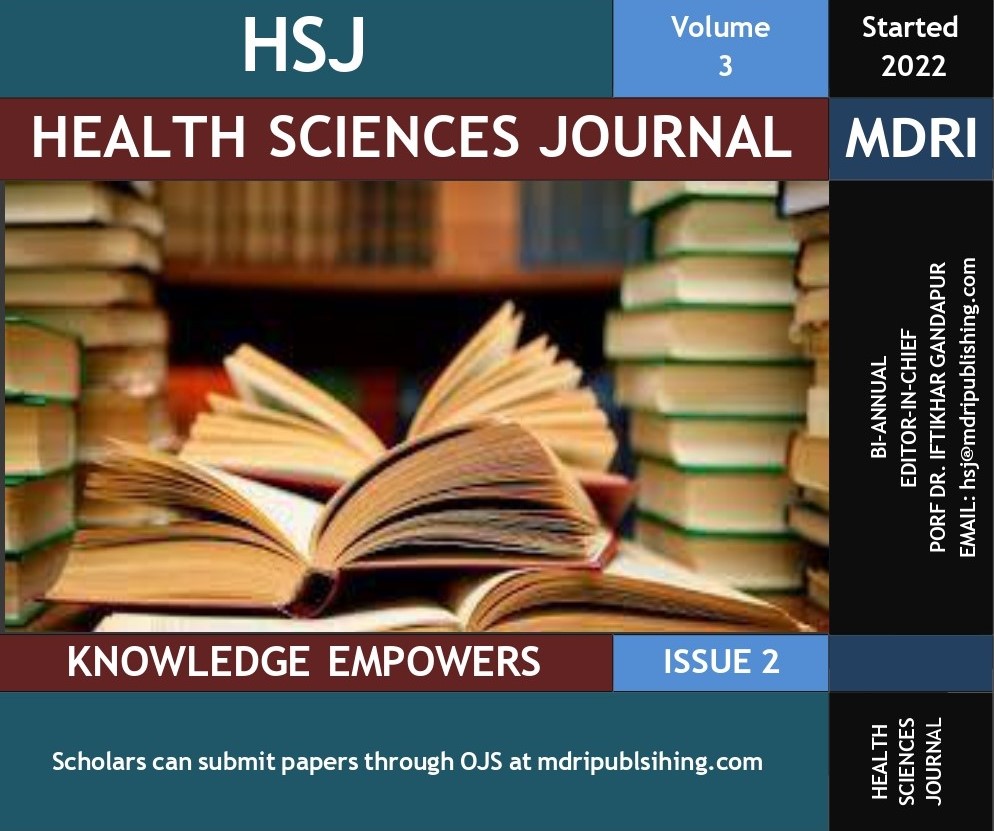FREQUENCY AND CLINICAL SPECTRA OF DIABETIC NEPHROPATHY IN TYPE I DIABETES MELLITUS IN CHILDREN HOSPITAL, LAHORE PAKISTAN
DOI:
https://doi.org/10.59365/hsj.3(2).2025.144Keywords:
Diabetes Mellitus; Type I Diabetes; Diabetic nephropathy; Pediatric population; Glycemic controlAbstract
Background: Diabetes is a metabolic condition in which the body is unable to generate an adequate amount of the hormone insulin Objectives: This study investigates the frequency and clinical spectrum of diabetic nephropathy in children with Type I Diabetes Mellitus at Children Hospital Lahore, involving a sample of 109 patients. Methodology: The Cross-sectional study was conducted Pediatric Endocrinology department, The Children’s Hospital & University of Child Health Sciences, Lahore. Results: The majority of participants were aged 9-12 years (41.2%) and primarily resided in urban areas (64.2%). The overall prevalence of diabetic nephropathy in this cohort was 7.34%, with eight identified cases. Among age groups, the 9-12 years segment had the highest representation, albeit with only three nephropathy cases (6.67%). Gender analysis indicated no significant disparity in prevalence, with both male (7.27%) and female (7.41%) patients affected similarly. Clinically, children with nephropathy exhibited significantly poorer glycemic control, with all nephropathy cases having HbA1c levels ≥7.5% compared to 92.67% of non-nephropathy cases (mean HbA1c: 8.2% vs. 7.4%, p=0.001). Moreover, hypertension was more prevalent in the nephropathy group (70% vs. 50% without nephropathy), accompanied by significantly higher mean blood pressure readings. Albuminuria analysis revealed that 7% of nephropathy cases had macroalbuminuria, and only 8.7% showed microalbuminuria, which did not significantly differentiate from those without nephropathy. Conclusion: These findings underscore the association between impaired glycemic control, elevated blood pressure, and the development of diabetic nephropathy in pediatric patients, highlighting an urgent need for effective management strategies in this vulnerable population.





